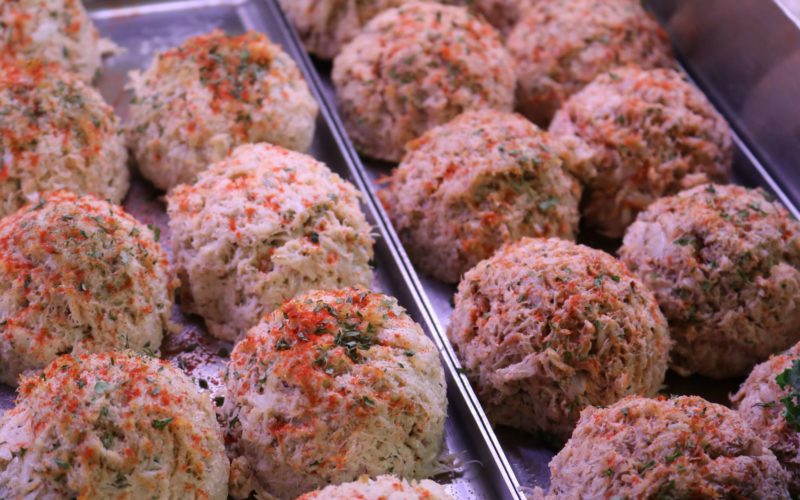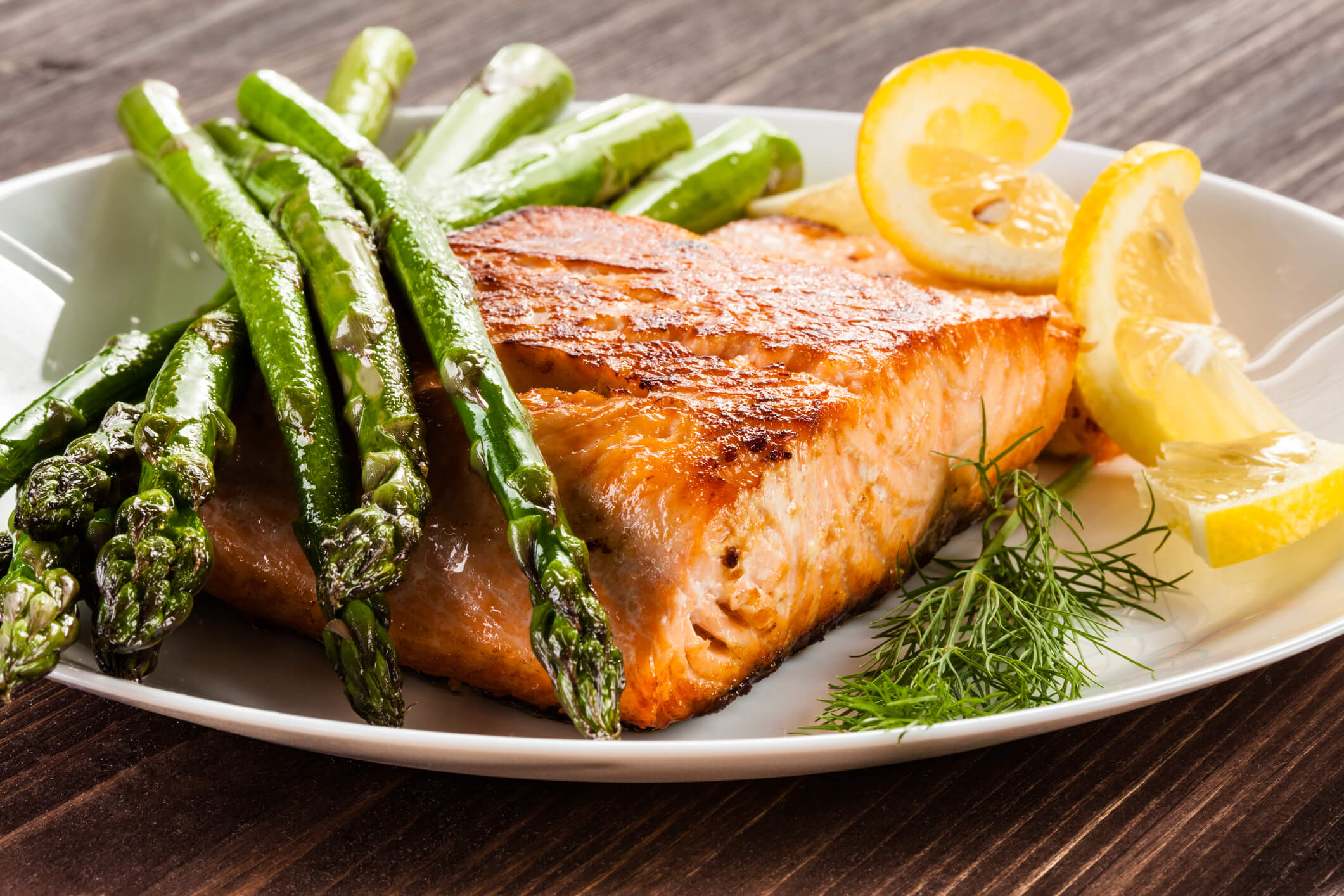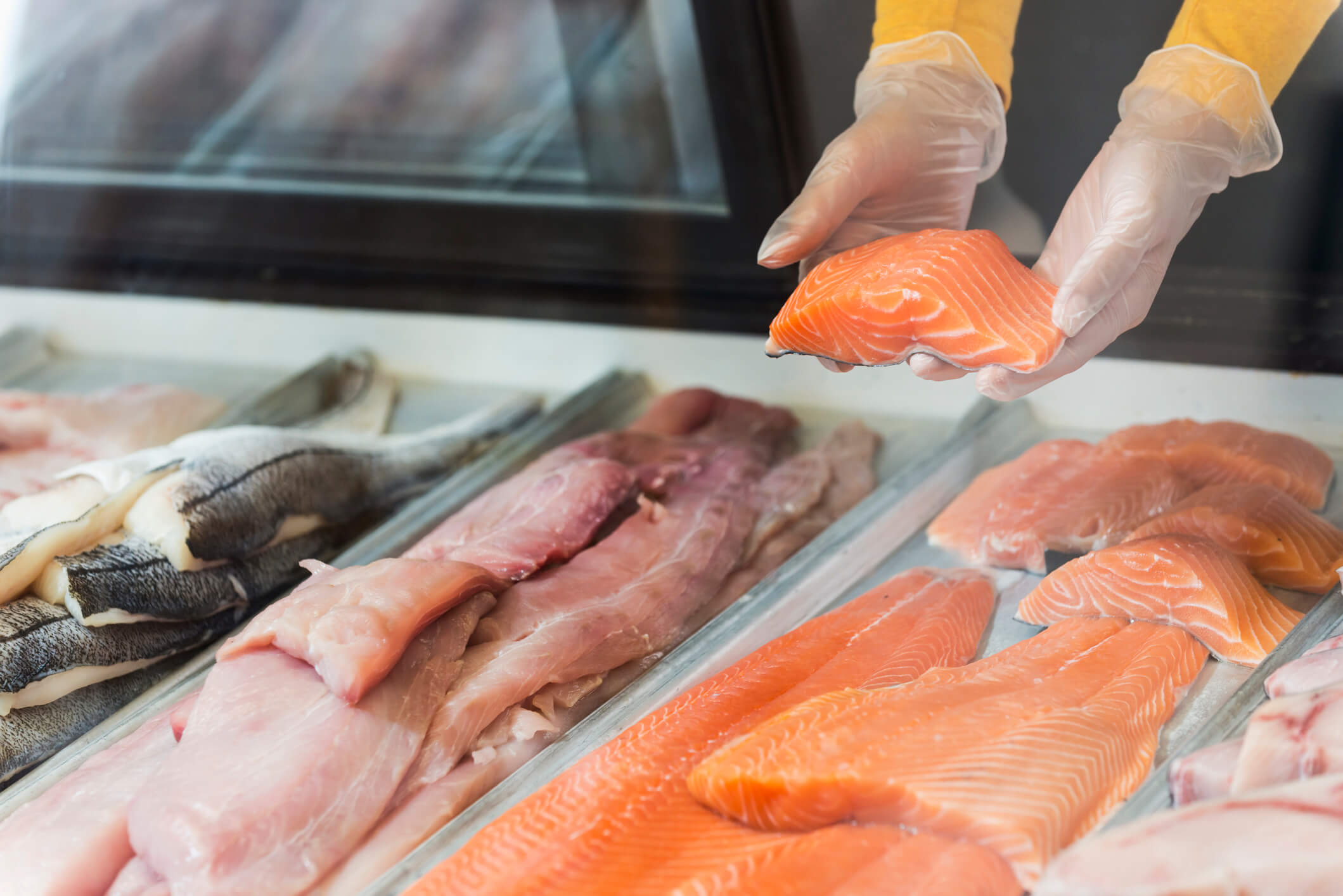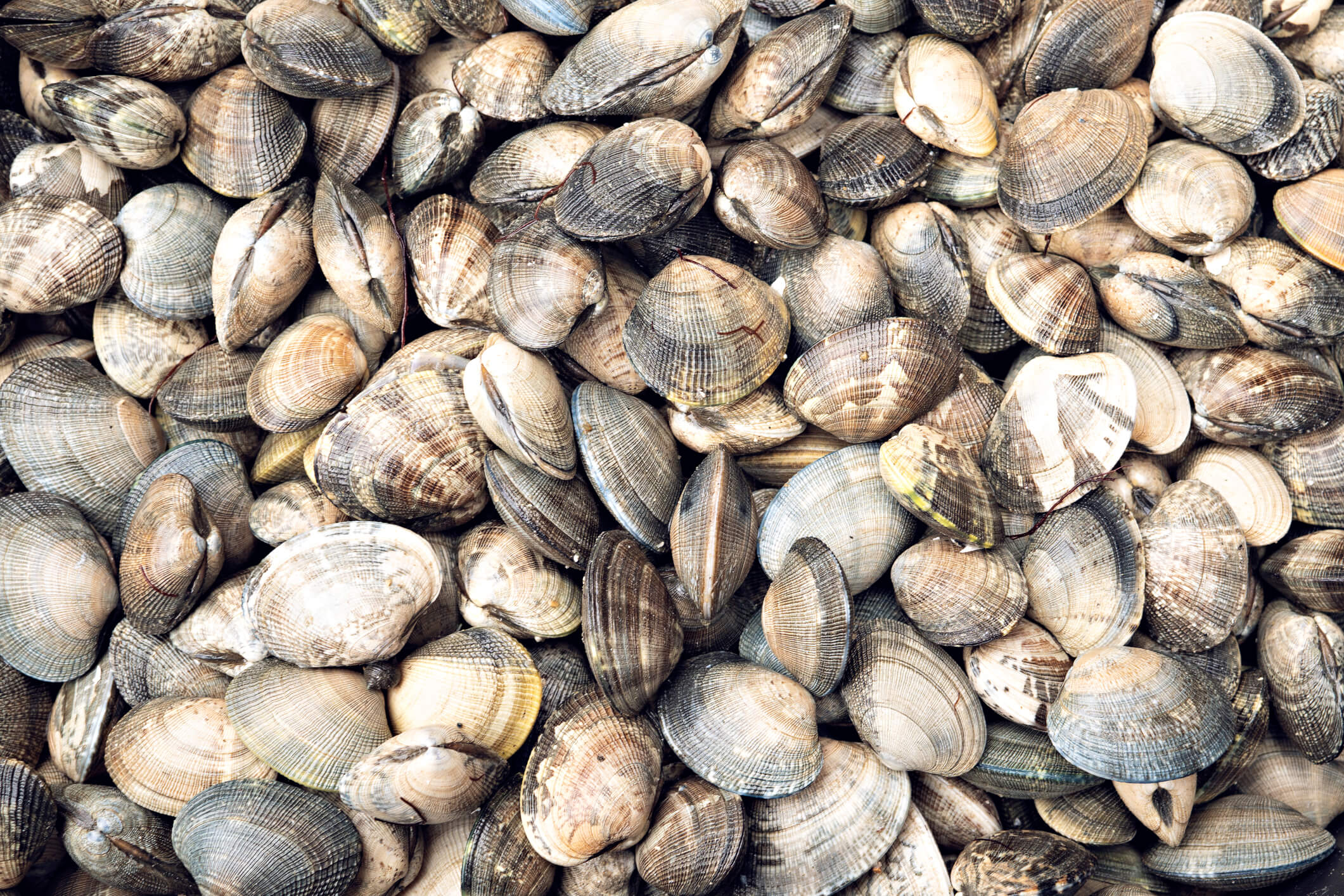How to Choose the Best Fresh, Local Seafood

The seafood case at your local seafood market can be overwhelming. Especially if you’re new to cooking fish or seafood, you may not be sure what to look for or how to prepare your meal from the sea. The truth is, seafood doesn’t have to be complicated. Check out our complete guide on how to select and prepare fresh local seafood.
The Benefits of Eating Fresh Local Seafood
Eating local seafood is not only good for your body. It can also have a positive impact on the environment.
Health Benefits
The American Heart Association recommends two 3.5 oz. servings of non-fried fish or shellfish every week. The omega-3 fatty acids found in many types of seafood (especially mackerel, salmon, and cod) can help to prevent a variety of cardiovascular conditions, including:
- Heart disease
- Stroke
- Heart Failure
- Sudden Cardiac Death
- Congestive Heart Failure

Eating more fish and shellfish can be especially beneficial if you use it to replace other foods that are high in saturated fat, salt, or added sugar. Choosing seafood over red meat, pork, or chicken consistently can make a big difference over time.
Environmental Benefits
Eating more fresh, local seafood is also a great way to help the environment. Seafood has a significantly smaller carbon footprint on average than many other animal-based proteins like red meat, pork, and chicken. Buying local has an even greater impact, as it reduces the need to transport the fish long distances, which eats up fuel and energy.
Due to these health and environmental benefits, the demand for fish is growing rapidly, leading to the depletion of many fish populations. Choosing a local grocer who sources their seafood responsibly is a great way to ensure you aren’t contributing to overfishing and species endangerment.
Selecting and Preparing Fish
Fish is the most commonly eaten type of seafood. This family includes a wide variety of tastes and textures from fish like:
- Chilean Sea Bass
- Tuna
- Mahi Mahi
- Salmon
- Tilapia
- Flounder
- Haddock
- Grouper
- Cod
- Trout
- Halibut
- Catfish
What to Look for When Buying Fish
One of the most important things to look for when purchasing fish is a “fresh, never frozen” sign or label. Fresh fish has a better texture than fish that has been frozen and thawed. It also tends to be more flavorful and can even be easier to cook since it hasn’t been subjected to extreme temperature changes.

When buying fresh fish from your local seafood market, you’ll likely see both whole fish and fish fillets. With whole fish, look for bright eyes and gills, even scales that are firmly attached, and a fresh-from-the-sea smell. Filleted fish is a little easier to inspect. The fish should be glossy and wet, and free of cracks and pooling water in the containers.
Preparing Your Fish
When it comes to preparing fish, the options are endless. Here are a few of our favorite methods:
- Baking: This is one of the simplest methods and makes for a juicy and flavorful meal.
- Sauteing and Pan Frying: Both of these methods are quick ways to cook fish that make for a tender inside and a crisp outside.
- Pan Broiling: Broiling is another easy way to cook fish, and works best with cuts that are at least 1-inch thick to prevent the fish from drying at the higher temperature.
- Grilling: Grilling is a classic way of preparing fish, and is ideal for thicker cuts or “steaks.” If you’d like to grill smaller, thinner fish, use a grilling basket or foil to keep your meal intact.
Selecting and Preparing Shellfish
Shellfish is another healthy and delicious way to add protein to your meals. Some of the most commonly eaten crustaceans include:
- Crab
- Shrimp (Pink Hopper is our favorite!)
- Lobster
What to Look For When Picking Out Shellfish
Let your nose guide you when picking out shellfish. Salty, ocean smells are a good sign, while sour or “fishy” odors are not. The flesh (as visible) should look bright and appetizing.

How to Prepare Shellfish
The preparation method you use will largely depend on the specific type of seafood dish you’re cooking and the meal you are preparing. That being said, here are a few easy methods:
- Steaming: Steaming makes shellfish very tender, but doesn’t dilute the flavor like boiling.
- Sauteing: This method is super quick and easy, and makes for a rich and flavorful meal.
- Grilling: Grilling is a great method for cooking shellfish in the warmer months. You can even grill shell-less ingredients like scallops by wrapping them in foil.
- Baking: This classic way of preparing lobster and crab allows you to cook your whole meal together in one pan.
Selecting and Preparing Mollusks
Mollusks are sea animals that typically have a hard shell. Some of the most common edible mollusks include:
- Mussels
- Scallops
- Oysters
- Clams
- Octopi
- Squid (Calamari)
How to Select Mollusks
One of the most important parts of creating delicious seafood dishes is making sure that your mollusks are still alive. The shells should be closed or should close quickly when tapped. If they don’t they are likely no longer living and should not be eaten.

Check each shell and avoid ones that are chipped or broken, as this is another sign that the animal inside is not alive. When it comes to picking out shellfish without shells, look for plump, firm flesh and a clean saltwater scent.
Preparing Mollusks
It’s crucial to remember that mollusks are still alive when you purchase them. This means they need air to breathe and should never be kept in an airtight bag or container where they will suffocate.
How to Store Mollusks
We recommend storing mollusks in the refrigerator in a colander or bowl with a damp towel or paper towel on top. Keeping them at the back (the coldest part of the fridge) will keep them at maximum freshness, but they should only be kept for two days before cooking or discarding.
How to Clean Mollusks
You’ll also need to clean your shellfish thoroughly before eating. Scrub the outside shells with a firm brush to remove dirt and debris. You’ll also need to remove the “beard” by pinching it and pulling it toward the hinge of the mollusk.

Once you’re ready to get cooking, try one of these methods for maximum flavor and texture:
- Grilling: Grilling brings out great flavor — just be gentle when flipping and moving your mollusks, especially after they’ve opened. You want to keep as much juice inside as possible
- Steaming: This classic method is super simple and can be customized with whatever spices and aromatics you like.
- Raw: Some mollusks (like oysters) can be eaten completely raw. These are a perfect option for summertime when you don’t want to add to the heat by turning on your grill or stove.
Ready to get cooking with fresh, local seafood? Get recipes, meal inspiration, and more from our Seafood Market. Have further questions? Call your local Stauffers to talk to one of our expert seafood team members.
